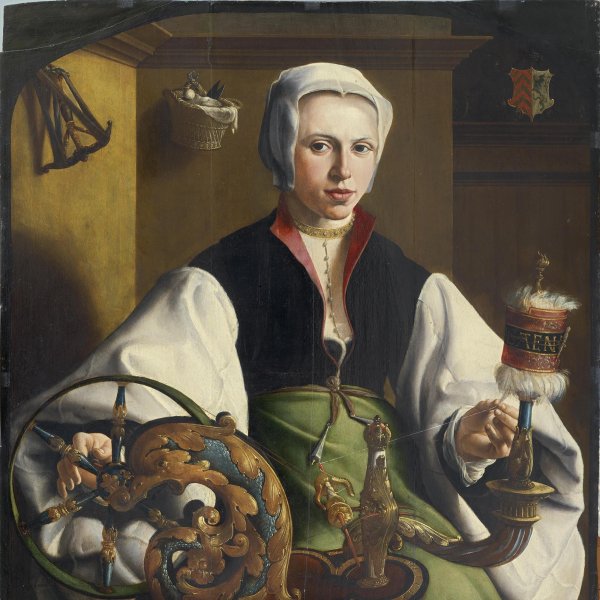Maerten van Heemskerck
A painter, draughtsman and designer of prints, Maerten van Heemskerck was born in Heemskerck, from where he took his name. According to his biographer Van Mander, the artist trained in Haarlem with Cornelis Willemsz. and continued his studies with Jan Lucasz. in Delft. Following the return of Jan van Scorel from Italy, Heemskerck is documented in that artist’s studio between 1527 and 1530, copying the work of Van Scorel, who was three years his senior. Van Scorel’s influence was extremely notable at this period, which makes some of their works difficult to attribute. Heemskerck belonged to the second generation of Dutch artists who travelled to Italy and he is documented in Rome in 1532. During his time there he studied the frescoes of Raphael and Michelangelo and produced numerous drawings of sculptures, views of cities and classical ruins. Two interesting sketchbooks of such drawings are now in Berlin. Michelangelo’s work impressed him profoundly and his influence is evident in the paintings that Heemskerck executed in Holland after his return. On his way back to Haarlem he probably visited Mantua, where he studied the work of Giulio Romano in the Palazzo Te. In early 1537 Heemskerck was in Haarlem, working as an artist and occupying various positions in the guild of Saint Luke, of which he was dean in 1553 and 1554. He was married again, this time to a wealthy woman whose fortune brought him economic security and an elevated social position. Apart from a brief stay in Amsterdam, where he took refuge during the Spanish siege of Haarlem, Heemskerck spent the rest of his life there. A fine portraitist, he also produced history paintings. Among his best works are Portrait of Anna Codde of 1529 (Rijksmuseum, Amsterdam), Saint Luke painting the Virgin (Frans Hals Museum, Haarlem) of 1532, and Self-portrait with the Colosseum in the Background (Fitzwilliam Museum, Cambridge). Many of Heemskerck’s paintings were reproduced in prints and widely disseminated.



